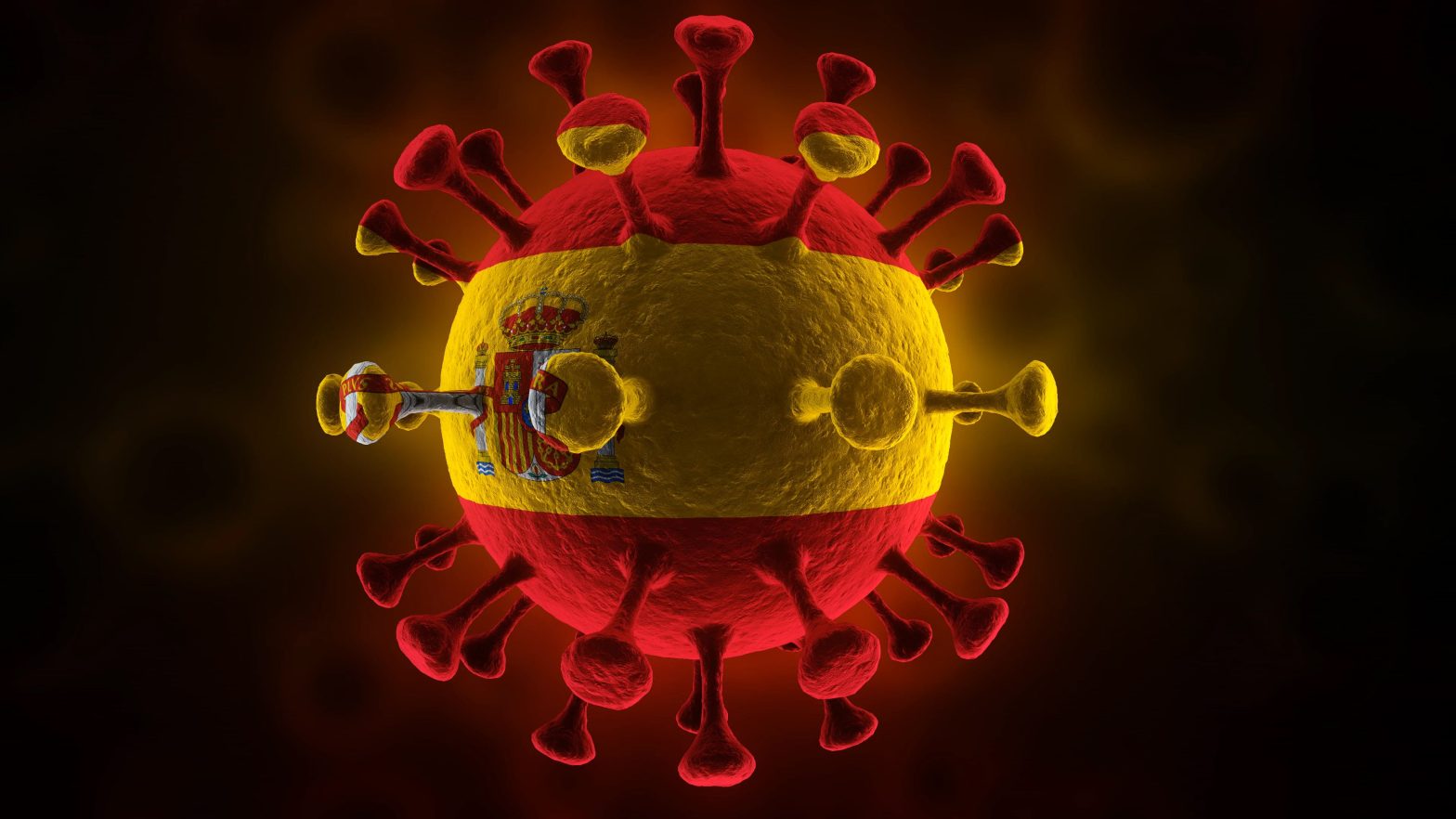“We’re with you, Mr Wilson, as ballots surely tell; We’re all against the Kaiser, the Spanish Flu and Hell.” – Extract from a poem by Jesse Daniel Boone, circa 1918
Fear of the unknown. The unfamiliar. The other. It’s a proclivity that politicians have exploited since records began. We are good. They are bad. We were right. And they were wrong. Unchecked xenophobia is red meat to those who seek a scapegoat. And let’s face it… what politician doesn’t?
The Fort Riley Outbreak: The Spark of the Spanish Flu
Fort Riley, Kansas. At Camp Funston, a mess cook named Albert Gitchell is bedridden with a severe case of flu. He’s not alone; over the course of the next few days, more than a hundred patients report flu-like symptoms. It is March 4, 1918. And, unbeknown to the young cadets at Fort Riley, the seeds of the next pandemic have been sown.
This is one version of the story. Another places patient zero in the vile trenches of Britain’s Western Front. A third pitches China’s Guangdong province as a prime candidate.
Why “Spanish” Flu? The Truth Behind the Name
Nevertheless, one thing is clear: Spanish Flu did not originate in Spain. So, why the epithet? At the end of the First World War, censorship and propaganda were rife among the combatants. In the USA, President Woodrow Wilson appointed a writer named George Creel to chair the Committee on Public Information, a new branch of government tasked with publicizing war propaganda and valorizing America’s intervention in Europe. Likewise in Britain, Lord Beaverbrook’s Ministry of Information had been given a mandate to curb the freedoms of the press.
Papers were made to publish in line with their government’s chosen narrative. Or their copy never made it to print. The headline “Uncle Sam Unleashes a Home-Grown Epidemic” would never pass muster with the censors. Neither would “Cruel Britannia Plagues the Waves”.
So, early reports of contagion were disregarded, swept through secret channels to be buried beneath mountains of cardboard boxes. After all, the enemy could not have come from within.
Spain, on the other hand, was neutral. And the Spanish press was comparatively free. When cases began to emerge in Madrid, journalists wrote openly about the spread and symptoms of this new disease. Unlike Britain or America, Spain gave its citizens the right to inform themselves, and to take their own precautions.
An association grew. For this reason alone, the flu was labeled “Spanish”. The politicians, it seems, had found their red meat.
The Politics of Naming Diseases: A History of Stigma
Professor Trevor Hoppe writes that “foreign-ness”, and “otherness” (from a straight cis Anglo-American perspective) contribute disproportionately to the naming of disease epidemics.
The 1957–58 influenza pandemic was nicknamed the “Asian Flu”. The 1968 pandemic was called “Hong Kong Flu”. And, sickeningly, the AIDS pandemic was originally known as “Gay-Related Immune Deficiency”.
This, Hoppe argues, is a deliberate rhetorical strategy, a way to give shape to a threat, while also dissociating oneself from it. And, in exchange, associating another.
The Devastating Toll: Remembering the Victims of the Spanish Flu
After two years of spread and three main waves of viral contagion, anywhere between 17 and 100 million people had succumbed to the “Spanish Flu”. By August of 1919, it is likely that more lives had been lost to this single disease than had been claimed during four years of battle in Flanders.
The suffering must have seemed endless. The personal losses, inestimable.
Racism and Neglect: The Unspoken Consequences of “Spanish Flu”
But politics can also augment a tragedy, proffering cruel and unnecessary consequences for an arbitrary scapegoat. Professor Elizabeth Schlabach writes that, in the 1910s, a belief in eugenics continued to inform American medical practices. “Spanish Flu” was deemed to be “un-American”, and at the behest of racist bigots who conflated “whiteness” with the “American ideal”, this was used to justify the underfunding of segregated African American hospitals. Many wards were understaffed and quickly grew overcrowded; the sick and dying were turned away at the door.
It was a disgrace. But these are lessons we never seem to learn.
Echoes Today: Parallels in the Age of COVID-19
In April of 2020, then-President Donald Trump used the threat of COVID-19 to significantly reduce the issuance of green cards to legal immigrants. In his press release, he proudly stated that this was a policy designed to protect “American workers” and discourage “new immigrant labour flown in from abroad”. And remember, Trump never missed an opportunity to label COVID the “China virus”.
Political ideologies have the potential to infiltrate every aspect of our lives. In our “post-truth” age, where significant cohorts of a society can deny basic scientific principles, or the outcome of a fair election, perhaps it is naive to expect something like disease to be depoliticized.
A Universal Truth: Disease and the Political Faultline
But illness is a tragedy that will touch every one of us. It is a universal truth. A rare site of common experience. But when we describe disease in relation to a particular place, or people, it becomes just like everything else: A political faultline.
There was nothing “Spanish” about the 1918–1920 flu pandemic.
But someone had to take the fall. Someone always does.
